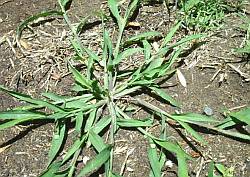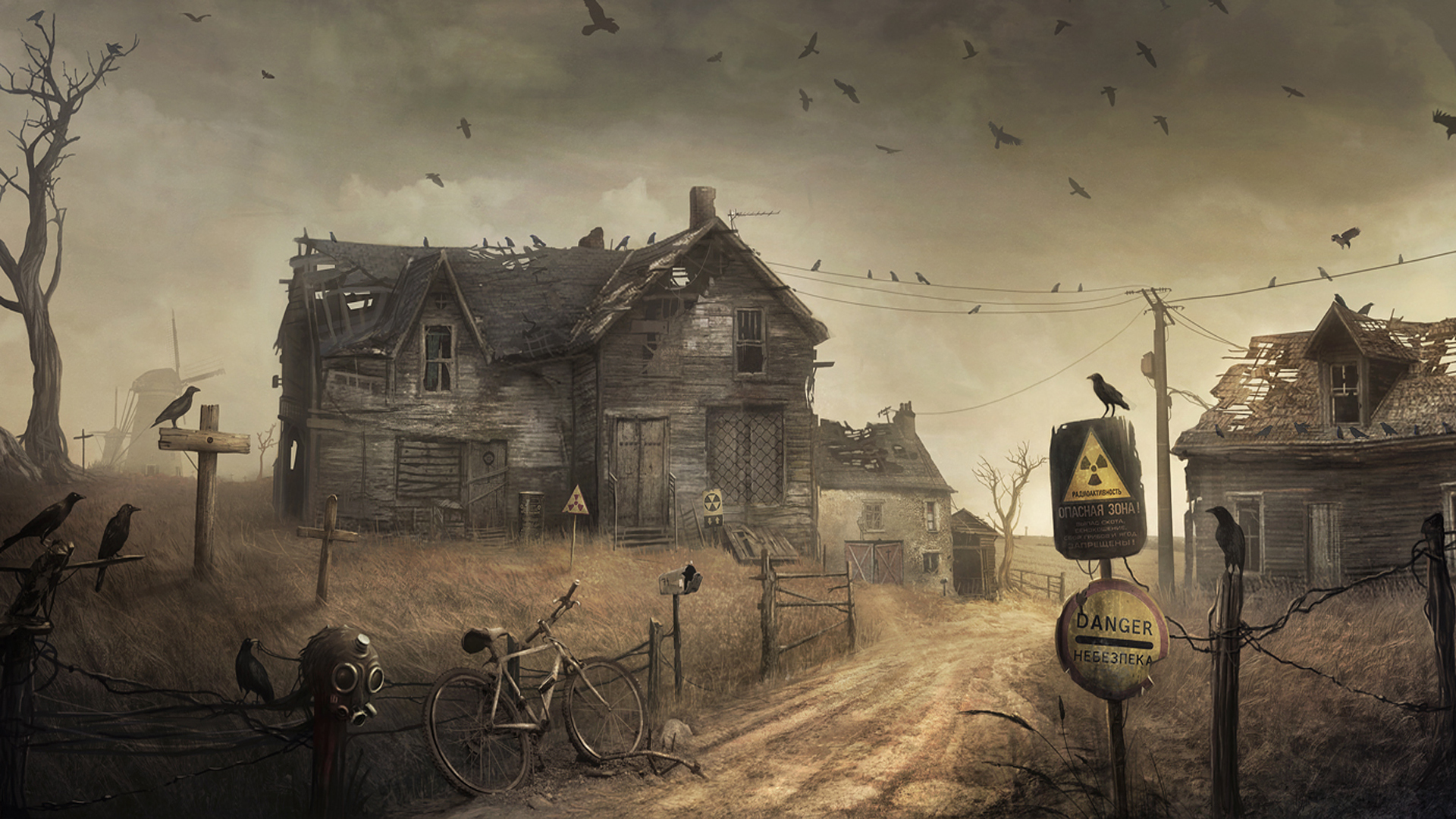This is something that not one of my rosy-cheeked backyard farming books mentioned, and that, in and of itself, is the biggest betrayal of all to a girl that was a three time Battle of the Books champion. Books are my people! They're supposed to tell it straight and not get bogged down in some mire of hippie liberal hemp-flavored lies.These books are full of sun-dappled happy talk about beekeeping naturally and flowers that attract beneficial insects and chocolate banana chutney parties. They have recipes for lavender beeswax hand salve and whimsical chicken coops in the shape of Hogwarts. I should have realized; the covers of the backyard farming books are all softly lit with sunrise glows, gorgeous models-turned-farmers smiling serenely with slender arms cradling heritage breed chickens and baskets of tomatoes; standing amid a multitude of brilliantly colored flowers and set against a tastefully distressed and shabbily chic repurposed garden sheds while artisan butterflies flit about their artfully loose ringlets. Nobody who spends two hours to straighten and then re-curl their hair into a state of artistic undoneness can be trusted to tell the bald truth.
 |
| "Permaculture. Closed ecological loop. The joy of effortless sustainable chicken farming." |
I'm not much for stark, or frozen, or vinyl siding, so you can imagine which books grace my Kindle library.
 |
| Damn you, Jenna, you just get me. |
It was this love of a pretty, sun-dappled cover ("Barnheart" by Jenna Woginrich) that led me to my current situation: hen-sitting. that is, I am sitting on my ass in the dead grass of my post-apocalyptic lawn with ants crawling up my shorts standing (okay, sitting) guard over my hens while they pasture graze so the neighbors' unleashed golden retrievers don't suddenly have any genetic homicidal instincts kick in. Despite the fact that as a classically trained pianist people have paid me $150 to play four pieces for their weddings for less than an hour I am sitting here getting wood chips and grass permanently embedded in the back of my thighs for the sake of three $5 chicks.
"Little House in the Suburbs" was my first urban homesteading book and my biggest inspiration. The two female authors were funny and hapless and clumsy like me and tried and failed and tried and failed (the gnarly sect of Farmers, capital F, don't fail. They cull.) and their experiences with chickens made it sounds so wonderful. Build a cage, throw in your vegetable scraps, take out free extra-healthy eggs! I started poring over chicken coop plans. I began longing for soaring red cedar structures with turrets and clever compartments and trays and gadgets. I had faith that my engineer husband would build something truly Williams-Sonoma worthy and all I needed now were the heritage breed chicks. I fantasized about souffles and baked eggs in ramekins and a secret flock of twenty that would eat all our vegetable scraps and poop out manure that would make my garden grow like something out of a Miracle-Grow commercial. My tomatoes would be as big as cabbages and the beans would climb to the sky! I worried about looking crazy to the neighbors. I worried about seeming crazy to my friends. I started obsessively reading articles on backyard chicken raising to make sure I had all the pertinent information. In this particular case, pertinent would equal things I wanted to hear about how easy, effortless, and absolutely expense-less this endeavor was about to be.
I stumbled across this you absolutely should not get backyard chickens article. It rather angrily pointed out something Little House in the Suburbs had never mentioned--chickens only lay for 2-4 years, but backyard chickens routinely live 8-10 years and can reportedly live up to twenty years!
Wait.
I went back through Little House, and another book I'd bought,"A Chicken in Every Yard". Tons of material on hens that laid colored eggs and bantam hens and ornamental silkie hens that didn't lay and couldn't be eaten but were too adorable not to add to a backyard flock and nowhere, NOWHERE did either of those books say a word about culling non-laying hens. A quick scan through the rest of my books for any mention of what to do when chicken lifespans exceeded their laying years was like Hermione trying to search the Hogwarts library for information on Horcruxes: a mention, here and there, of the existence of such a notion, alluded to and just as quickly swept under the rug.
From the covers of the real farming books the stark Appalachian farmers smirked from behind their white beards. You didn't think it'd be that easy, now did you, missy? Why don't you run along home to your petunias.
Dammit! Betrayed. But I refused to give up on the notion of backyard chickens. We'd just...cross that bridge when we came to it. Part of me hoped that once the hens stopped laying and the cost to feed them got to be prohibitive, the practical side of my nature would kick in; but I also hoped secretly that if I raised my chickens without hormones or any kind of feed that forced them to lay more than was natural they might extend their laying years. We started half-jokingly talking about ways of offing the hens when they went into Henopause that might relieve us of some of the guilt--letting them loose in the canyon in our suburbs for the coyotes to eat; letting my terrier "play" with them; my souffle fantasies were replaced with grisly and macabre mental chicken snuff films where my old hens choked to death on extra large seed corn or an unusually big Japanese beetle.
I went back to Little House in the Suburbs. The girls smiled up at me and reminded me that chickens were basically free; they fed their chickens on almost exclusively table scraps. My heart soared. If it didn't cost me anything to keep the chickens, and they were still technically working animals because they were composting my table scraps and the bugs in the backyard and the weeds that threatened to take over my nasturtium patch into black gold (aka chicken manure), we wouldn't need to kill them. They'd be fine! They could live to a ripe old age alongside the new flock of young laying hens we'd pick up in a few years, happily crapping out $40 an ounce nutrient dense fertilizing gold.
Except my six week old pullets would not eat table scraps.
I tried vegetable pulp from my juicer. They ran for it, looked at it, then kicked dirt over it and pooped on it. I tried fresh heirloom butter lettuce leaves from my garden. They ran over and sat on the leaves. I tried bits of apple and watermelon, clover, spurge, geranium leaves, orange peels, pineapple, carrot peels, green beans and finally, in a fit of despair, crab grass.
Guess which one they liked.
 |
| I did think a heritage breed chicken would be a bit more discriminating. |
It's also the middle of the worst drought in California history. My lawn looks like this.
 |
| Thank God for no Home Owners Association. |
I grabbed my terrier's adjustable exercise pen and tried to squeeze it into the 1' area between the fence and the raised beds. The panels of the pen are 2' but with some creative pending and diagonals I made a bizarre parallelogram that encompassed what I thought was an optimal amount of lush green weeds and I dropped my hens inside.
They rushed for the crab grass and spent at least 45 seconds mowing it down like goats before the little red hen realized there was a gate-like structure she could grab onto, and awkwardly fly-jumped out of the pen.
I chased her down (she headed straight for my nasturtiums, the little elitist).
The little black hen watched the whole thing solemnly and then launched herself skyward (two feet at least) and hopped over the side of the pen. I threw the red one back into the pen and chased down the black one. My once cuddly-warm, downy-soft, make-me-your-pet chick took off screaming bloody murder like she was about to be butchered. I finally chased her down and threw her back into the pen while the brown spotted hen eyed me and eyed the top of the gate with an appraising yellow stare.
| Try me, bitch. I really WISH YOU WOULD. |
And so, here I find myself, hen-sitting in the dead grass in a stupidly optimistic effort to pasture my hens in the middle of the suburbs, in southern California zone 11 in July during the worst drought in history. Standing guard over my chickens so that they do not stupidly fly out of the precariously perched pen that offers the most marginal degree of safety from the unleashed dogs passing by, and absolutely no safety from the hawk I see eyeing them from the Eucalyptus tree on the hill; all so that I might extend the happy lives of these chicks and buy them a few extra days of laying health by giving them their natural diet of grass and grubs. I sit here, nobly attempting to stave off that day when they will have outlived their usefulness, trying to delay the axe-bringer, trying to close the ecological loop in my burgeoning food forest and take one step closer to the permaculture that will sustain my hens.
The hens, for their part, pooped gooily, ignored the grass, and fell into a snuggle pile in the corner of the pen touching the dead lawn.
No comments:
Post a Comment